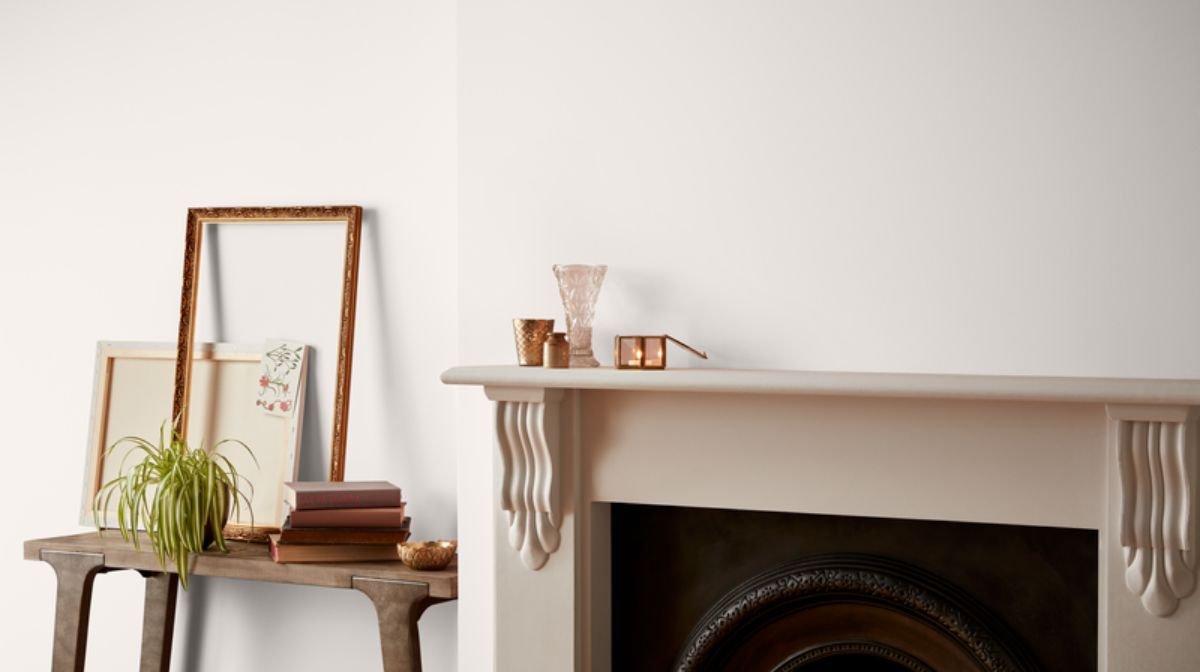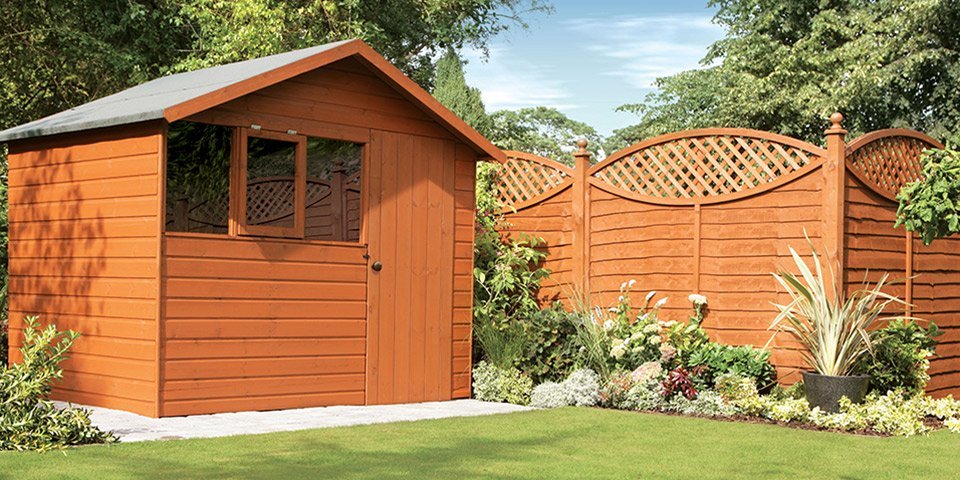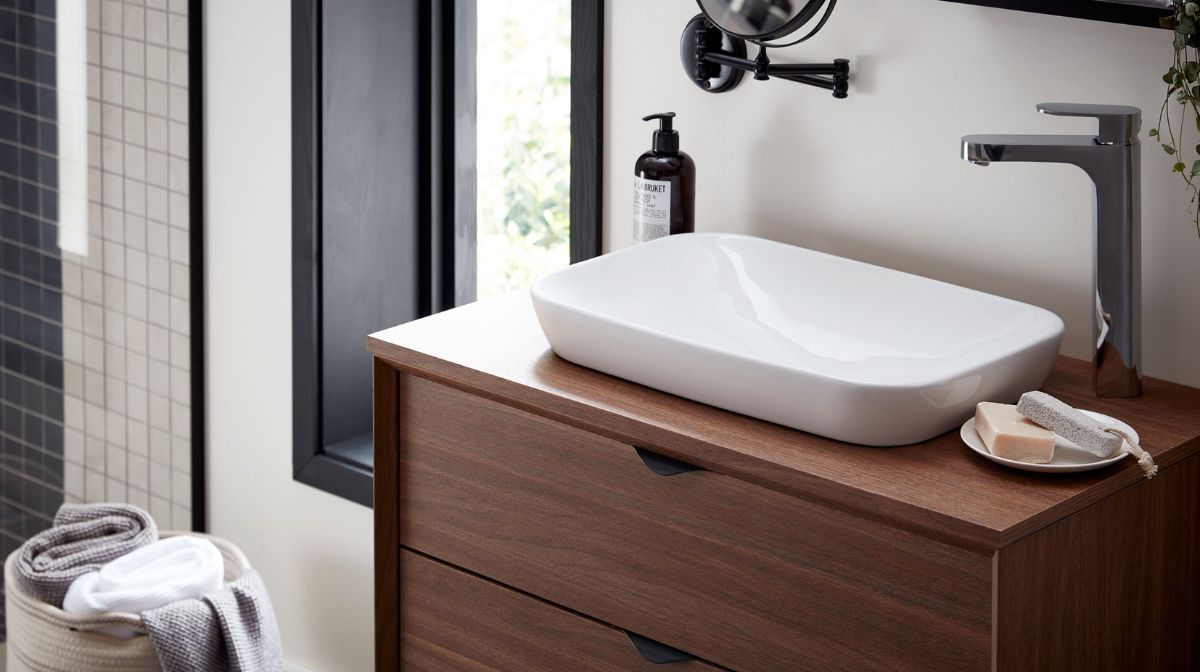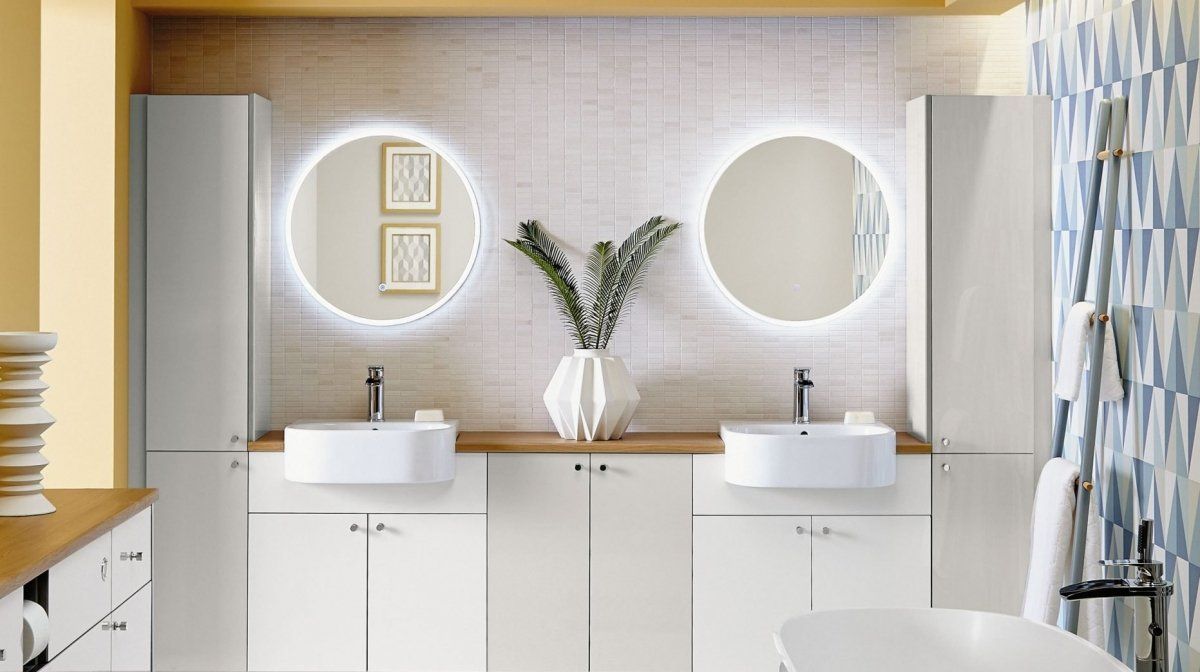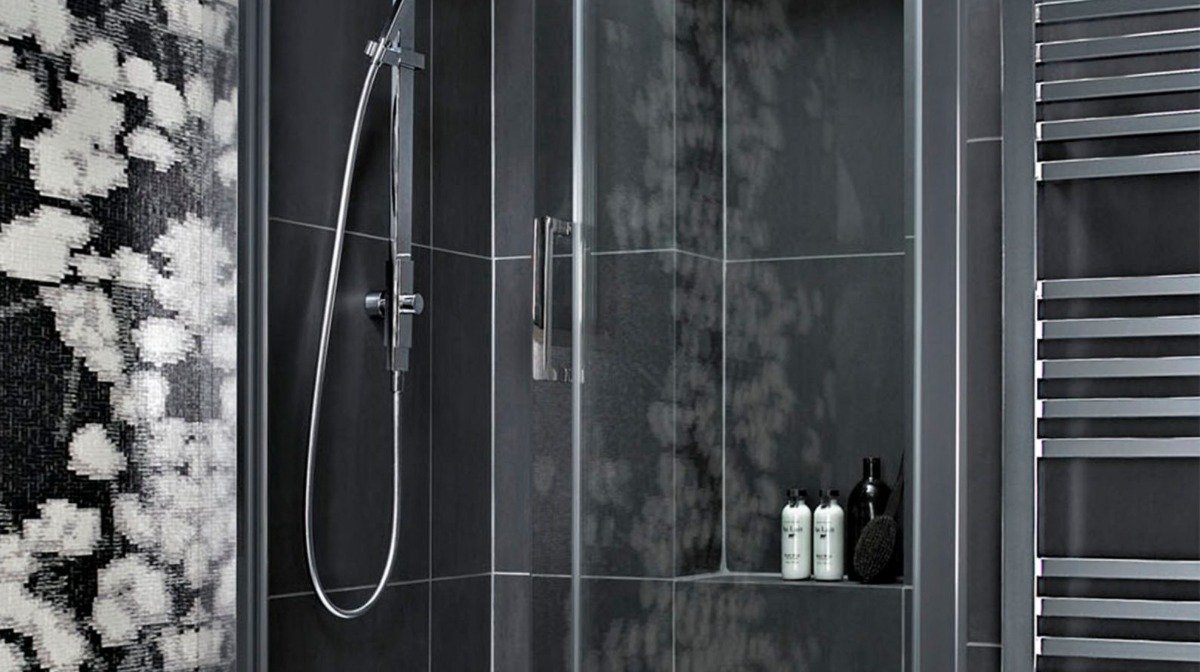Step 1. Prepare your surfaces
The first step is to prepare your walls. Check that your wallpaper is properly adhered to the wall. If you have some bits peeling or flaking, you can use Zinsser Peel Stop to seal them back securely.
Next, give your walls a quick clean to get rid of any dirt or dust that would stop the paint or primer adhering so well, and make sure they’re completely dry before you start. It’s also a good idea to lay a dust sheet to protect your floor, furniture or other walls from paint splashes.
Step 2. Apply the primer
Next, you should apply a thick, even coat of primer to your walls. Remember, you need to use a primer designed for walls and ceilings, like Homebase Basecoat or Polycell BaseCoat. The easiest and best way to cover up wallpaper with paint is to use a product specifically designed for this use, like Zinsser wallpaper cover up.
Start by using a paint brush to apply a coat in the corners and along the edges, and then you can move onto a paint roller for the main canvas of the wall. If you’re painting over woodchip or textured wallpaper, it’s best to use a long or medium pile roller to ensure you can really get into all the grooves and guarantee full coverage.
Once you’ve done a full coat, leave to dry for around 4 hours.
Step 3. Paint your walls
Once your primer is completely dry, it’s time to get painting. The first thing to do is to choose your paint colour. At Homebase, our interior paint range includes a vast range of colours, shades and finishes, so you find the perfect paint colour for you. Check out our blog for more advice on choosing the right paint colour using paint samples or, for some wallpaper cover up ideas, visit our decorating inspiration hub.
Once you’ve settled on a colour, give the paint a good stir and apply the first coat to your wall. For a nice, even finish, you can do this in the same way you applied the primer; use a paint brush for the corners and edges and a paint roller for the large, flat part of the wall.
Apply as many coats as the paint manufacturer recommends and then leave to dry completely. You don’t need anything specialist for this bit; any good quality paint should be effective to use as wallpaper cover up paint.
How to cover dark walls with light paint
Painting your walls a light colour is one of the simplest ways to open your space and make it feel larger and brighter.
Covering dark paint on walls can seem like an impossible task, but with the correct equipment and guidance, it can be reasonably simple. Read on to find out how to seamlessly cover dark painted walls with light paint and discover the best paint and primer to get the job done.
What You’ll Need
Step 1. Prepare your walls
Just like painting over wallpaper, when it comes to painting over dark wall paint, you should start by preparing your walls. The first thing to do is lay dust sheets to protect any nearby furniture and your floor.
Next, examine your walls for any cracks or holes that will impact how well the paint sits. If you notice your wall has some small holes or cracks, use filler to fill these in and, once the filler is dry, smooth them out using sandpaper. For more guidance, check out on blog on how to repair walls.
Once you’ve got a flat, dry surface to work with, you’re ready to prime.
Step 2. Apply your primer
Applying primer is an important step for painting over dark walls, as it helps to conceal the appearance of the dark paint and provides a smooth, flat canvas to work on. You can find a wide selection of paint primers and basecoats designed for walls and ceilings at your local Homebase or online, so you’re bound to find the best primer to cover your dark walls.
Apply an even coat of primer using a paint brush or roller, ensuring complete coverage across the entire wall. The best way to achieve this is to start with a paint brush to cover the corner and edges and switch to a roller for the main body of the wall. Leave to dry for at least 4 hours before you start painting.
Step 3. Start painting
Once your coat of primer is completely dry, it’s time to get painting. Start by applying an even coat with your chosen paint colour. Repeat the instructions above with the brush and roller for full coverage and a lovely, even finish.
As you’ve used a basecoat to block the dark colour, you’ll only need to apply the number of coats recommended on the paint tin. Be sure to leave time to completely touch-dry between each coat.
At Homebase, we have a interior paint available in an array of colours, shades and finishes. We also stock leading brands, so you can find the best paint colour and desired brand to paint over dark walls.
And there we have it. Fuss-free and foolproof methods for how to paint over dark walls and wallpaper. Remember to share your room transformation with us via @Homebase_UK and explore more decorating inspiration.

